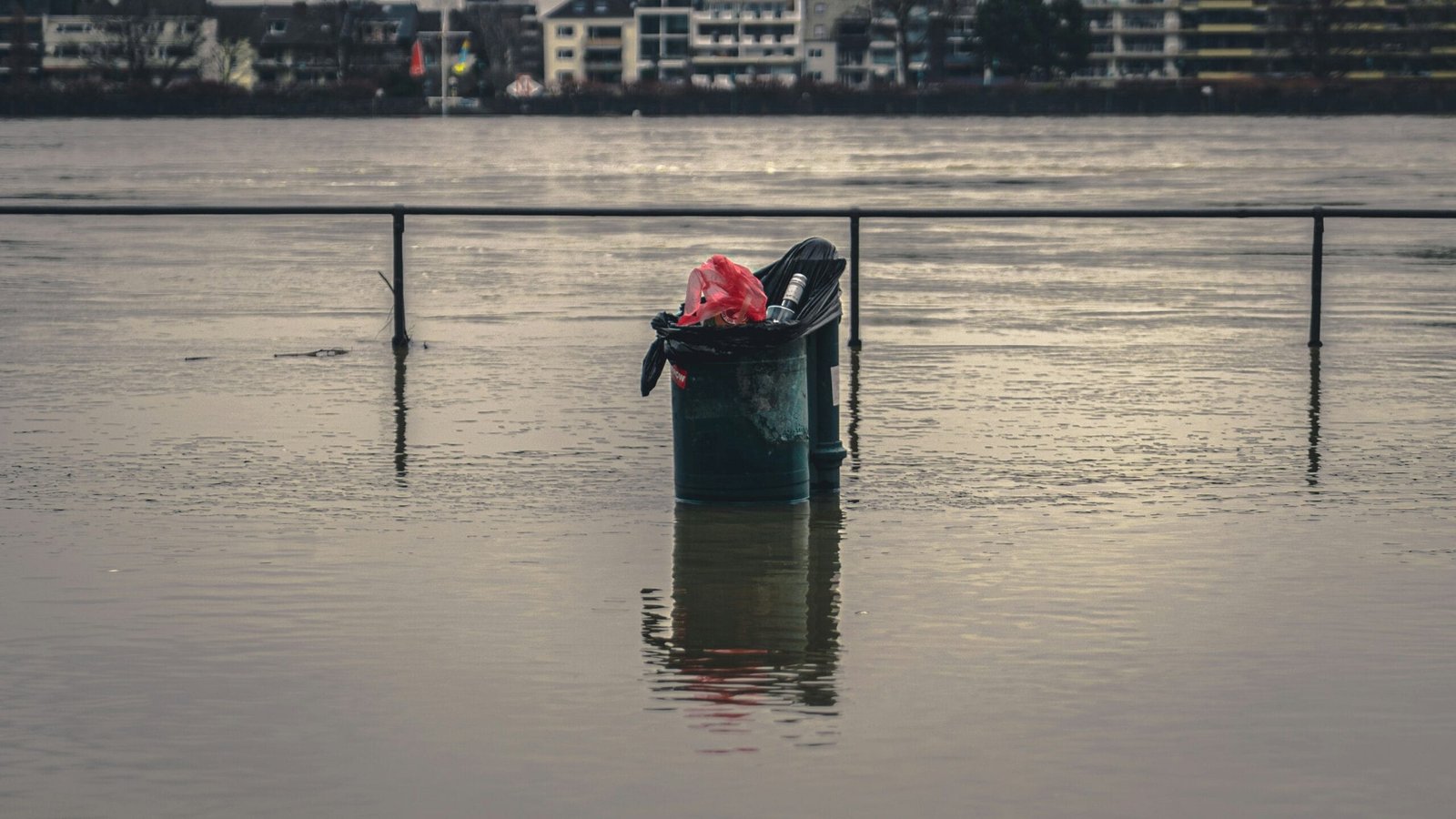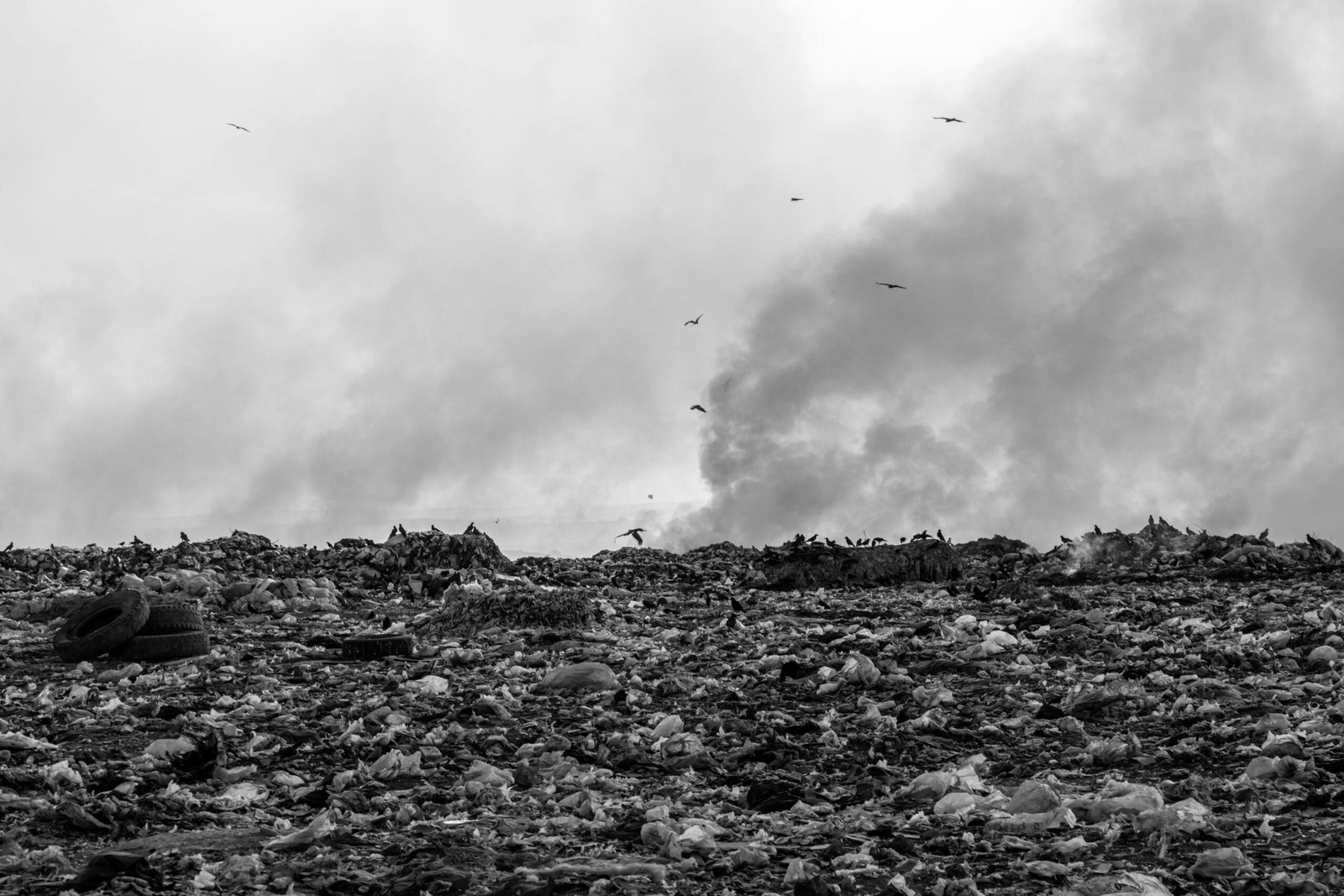Can you imagine the possibility that your well, a vital source of water for your household, could harbor bacteria? It’s a thought that might not cross your mind every day, but it’s a crucial consideration for maintaining the health and safety of your water supply. While wells are typically viewed as pristine sources of groundwater, they can become breeding grounds for bacteria if not properly managed and maintained. This article will explore the potential for bacterial growth in wells, the implications it could have, and how you can safeguard your water quality.
Understanding Your Well: The Basics
To address the question of whether bacteria can grow in your well, it’s essential to first understand the basic workings of a well. A well taps into groundwater, extracting this water through a pump for use in your home. The two most common types are dug wells and drilled wells, each with distinct characteristics.
What Are Dug and Drilled Wells?
Dug Wells: These are generally shallow, historically dug by hand, and lined with stones or bricks. Because of their depth—often less than 50 feet—dug wells are more susceptible to contamination from surface water.
Drilled Wells: This type goes deeper into the earth, reaching depths of hundreds or even thousands of feet. A drilled well is less likely to become contaminated, thanks to its greater depth and protective casing, which prevents surface contaminants from entering.
Each well type has unique vulnerabilities that can influence how bacteria might enter and grow within them. Understanding these characteristics is key to maintaining a safe water supply.
Sources of Bacteria in Well Water
Once you understand your well type, it’s time to consider where bacteria could come from. Bacteria can enter your well and the aquifer it taps into through various routes, depending on the surrounding environment and the condition of the well.
Natural Sources
Bacteria naturally exist in the environment and can seep into water sources through soil and rock formations. They are particularly abundant in areas with significant organic matter or where wildlife is present. If your well is located in a rural or forested area, there is a higher probability of natural bacterial infiltration.
Human and Animal Activity
Human and animal waste, especially from nearby septic systems or livestock, can significantly contribute to bacterial contamination if your well is not adequately sealed or if there are breaches in its structure. Runoff from agricultural activities is another common cause, potentially carrying bacteria into the groundwater.
Structural Issues and Improper Maintenance
Wells that are improperly constructed, damaged, or not maintained regularly are more likely to become contaminated. Cracks in the well casing, an improperly sealed well cap, or a lack of regular inspections can all lead to bacterial infiltration.

How Bacteria Can Grow in Your Well
Understanding how bacteria can grow in your well involves considering the conditions that these microorganisms thrive in. Bacteria need specific environmental factors to multiply, many of which can be present in well water.
Ideal Conditions for Bacterial Growth
Bacteria thrive in moist, warm, nutrient-rich environments. Your well, filled with water and sometimes warmed by surrounding geology or climate, can inadvertently provide the ideal breeding ground. Organic material, such as leaves, insects, or earth, can also provide nutrients that encourage bacterial growth.
The Role of Biofilms
Bacteria often form biofilms, which are thin layers of microorganisms adhering to surfaces within the well system. These biofilms can provide a protective environment that makes it difficult to remove bacteria once they establish themselves. They allow bacteria to grow and multiply more effectively, making biofilm management a critical aspect of maintaining well health.
Potential Health Risks from Bacterial Contamination
Switching focus to why you should care about bacteria in your well, the potential health risks associated with bacterial contamination can range from mild to severe. Contaminated water can transmit a variety of pathogens, leading to waterborne diseases.
Common Waterborne Bacteria
Here’s a table of some waterborne bacteria that might pose health risks:
| Bacteria | Potential Health Effect |
|---|---|
| Escherichia coli | Gastrointestinal illness, diarrhea |
| Salmonella | Fever, diarrhea, abdominal cramps |
| Campylobacter | Fever, diarrhea, nausea, and vomiting |
| Enterococcus | Urinary tract infections, meningitis, heart issues |
These bacteria and others can lead to serious health concerns, especially for the elderly, young children, or individuals with compromised immune systems.
Symptoms of Contaminated Water Consumption
Consuming contaminated water can lead to symptoms such as diarrhea, vomiting, abdominal pain, and fever. If you or your family experience these symptoms, particularly if they coincide with changes in your water’s taste, smell, or appearance, you should consider testing your well water for contaminants.

Testing for Bacteria: An Essential Practice
Given these potential health risks, regular testing of your well water is crucial. Testing lets you know whether your well is contaminated and if the levels of bacteria present are concerning.
How Often Should You Test Your Well?
Most experts recommend testing your well water at least annually for bacteria. However, you may need to test more frequently if you notice changes in your water quality, have a newly constructed well, or after events like flooding.
Testing Procedures and Considerations
You can hire professional services for water testing or use home test kits. Both methods have their benefits, with professionals often providing more comprehensive results. A professional service will typically include analyses for total coliform bacteria and E. coli, which are standard indicators of contamination.
Mitigating Bacterial Risks: Maintenance and Treatment
If testing reveals bacterial contamination, you’ll need to address the issue promptly to ensure your water is safe for use. Proper maintenance and treatment methods are essential to preventing bacterial growth and contamination.
Regular Well Maintenance
Routine maintenance is a proactive measure that can significantly reduce the risk of contamination. This includes:
- Inspecting Well Cap and Casing: Ensure that the well cap is sealed and that the casing is intact to prevent surface contaminants from entering.
- Checking the Area Around the Well: Keep the vicinity of your well clean and free from debris, chemicals, and other potential contaminants.
- Periodically Inspecting Equipment: Regularly check and service pumps, pipes, and other equipment to maintain their functionality and integrity.
Shock Chlorination
Shock chlorination is a common treatment method used to disinfect well water. This involves adding chlorine to the water, which kills bacteria. It’s generally a temporary solution that should be conducted by a professional to ensure effectiveness. Here are the basic steps involved:
- Determine the System Volume: Calculate how much water needs to be disinfected.
- Calculate Chlorine Requirement: Use sufficient chlorine to achieve a concentration of around 50 to 200 ppm.
- Introduce Chlorine to System: Introduce the calculated amount of chlorine into the well.
- Flush the System: Allow the chlorinated water to sit in the system for at least 12-24 hours before flushing thoroughly.
Shock chlorination is effective but must be done carefully to prevent over-chlorination, which can also pose health risks.
Filtration and UV Treatment
Long-term solutions for maintaining water safety, especially if you live in an area prone to contamination, may include installing filtration systems or UV treatment systems.
Filtration: Activated carbon filters can reduce bacteria levels by removing organic material and debris upon which bacteria feed.
UV Treatment: UV systems can kill bacteria by exposing them to ultraviolet light, effectively sterilizing the water. It’s a chemical-free solution and doesn’t alter water taste or chemistry.

Conclusion: Keeping Your Well Safe
Addressing the question, “Can bacteria grow in my well?” reveals the potential vulnerabilities in your water system and highlights the importance of proactive measures to ensure water quality. Regular testing, routine maintenance, and appropriate treatment can significantly reduce the risks of bacterial contamination. By taking these steps, you safeguard not just your water quality but also the health and well-being of everyone who relies on your well for their water needs. Prioritize well maintenance, stay informed about changes in water quality, and don’t hesitate to seek professional advice if you suspect potential issues. Your proactive efforts can create a safer and healthier environment for you and your family.

